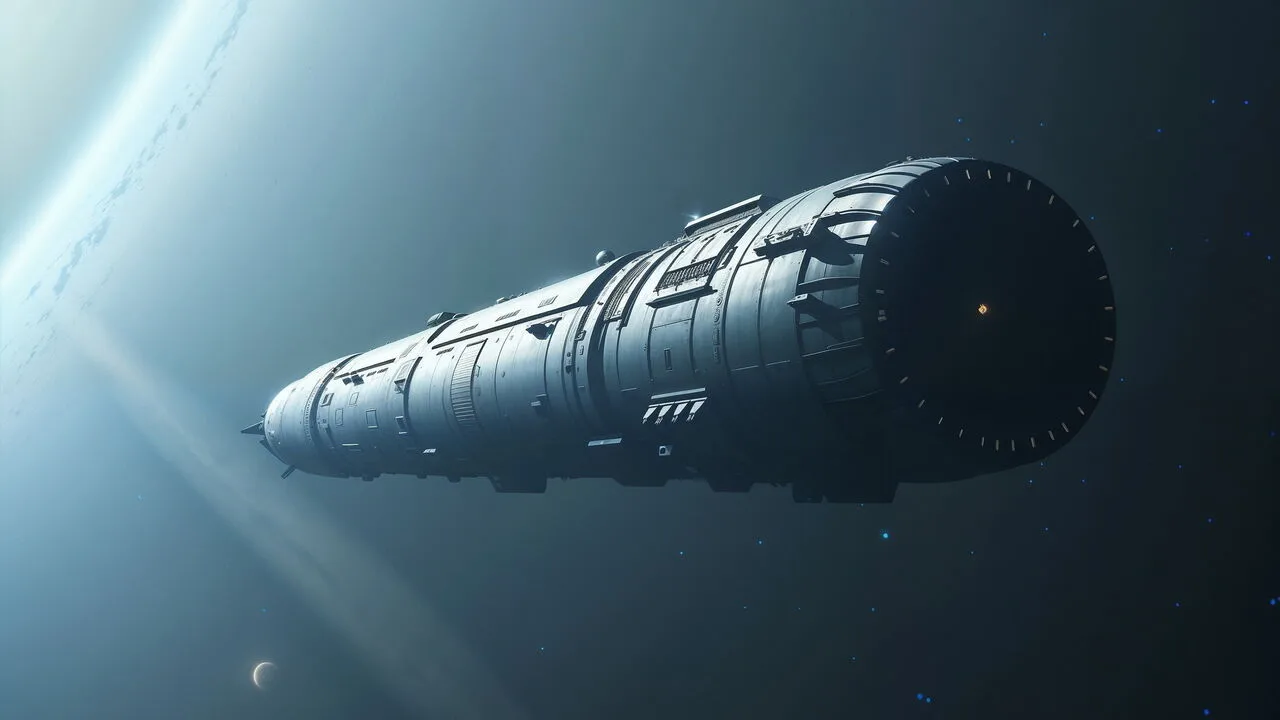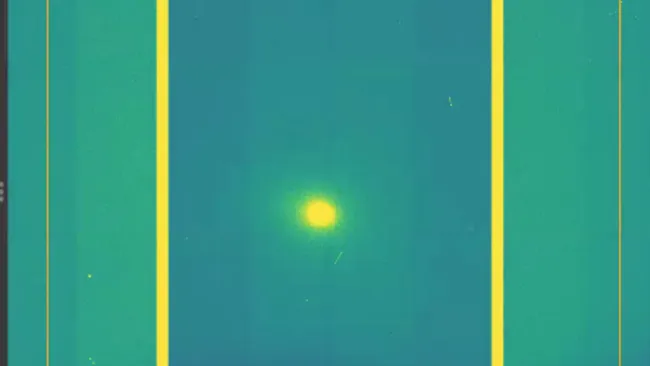In a bold step toward turning science fiction into engineering reality, scientists and designers from around the world have revealed visionary concepts for humanity’s first interstellar spacecraft as part of Project Hyperion. The initiative, organized to explore the possibility of multi-generational space travel, has just completed its latest phase—showcasing detailed designs for vessels capable of carrying hundreds, even thousands, of humans on voyages lasting centuries.
The Mission: Reach the Stars, Sustain Humanity
Unlike conventional space missions, the challenge presented to participants was clear: imagine a spaceship that could support life for multiple generations on a one-way journey lasting up to 250 years. Faster-than-light travel and suspended animation were ruled out. This left only one path forward—engineering ships where humans could live, work, reproduce, and govern themselves in complete isolation for centuries.
Key goals included:
- Self-sustaining ecosystems for air, water, and food
- Artificial gravity through rotating habitats
- Psychological and societal stability across generations
- Protection from cosmic radiation and space hazards
The Winning Designs: Innovation Beyond Technology
Three standout designs emerged from a field of international contenders:
1. “Chrysalis” – The Grand Winner
This enormous cylindrical ship spans nearly 60 kilometers in length and is powered by theoretical fusion propulsion. Inside, concentric rotating rings simulate gravity, with zones dedicated to agriculture, habitation, education, and recreation. It incorporates long-term social structures and even systems for cultural memory preservation to ensure that the ship’s identity and mission survive the centuries.
2. “Hyperion: WFP Extreme” – Second Place
Drawing inspiration from classic sci-fi aesthetics, this twin-ring vessel is sleek, functional, and highly adaptive. Unique features include modular housing, built-in radiation shields, and even proposed space-suitable companion animals like turtles to support emotional well-being. The design emphasizes health, reproduction support systems, and adaptability for unknown challenges in deep space.
3. “Systema Stellare Proximum” – Third Place
This unconventional concept resembles a floating jellyfish and uses an asteroid shell as natural shielding against radiation. It is guided by a hybrid intelligence system, combining human decision-making with advanced AI. A central cultural hub would evolve into a symbolic “heart” of the ship, meant to maintain emotional resilience and collective purpose over time.
More Than Engineering: Designing Societies in Space
What makes Project Hyperion remarkable is its emphasis on human systems, not just technical ones. Participants had to account for:
- Education systems to pass on knowledge and mission objectives
- Political structures to avoid power imbalances or collapse
- Cultural evolution, including new holidays, art forms, and beliefs
- Mental health frameworks to maintain psychological balance
- Reproductive ethics and population control
Each team grappled with the profound reality of life in isolation—where people would be born, live, and die without ever seeing Earth or arriving at the destination themselves.
Why It Matters
While humanity is nowhere near launching interstellar missions, these designs offer a serious look at the long-term future of space travel. The research helps identify what challenges must be addressed—not just technological, but also biological, psychological, and sociological.
Lessons from the project could influence:
- Long-duration missions to Mars or the Moon
- Earth-based closed-loop habitat design
- AI and governance systems for remote environments
- Preparation for future generations to expand humanity’s reach
The Vision Ahead
Project Hyperion isn’t about building a ship today. It’s about preparing the groundwork for humanity’s next great leap—to move beyond the solar system not as isolated astronauts, but as thriving, self-governing societies.
As science and imagination converge, the designs from Project Hyperion suggest that one day, generations born in the stars may carry the dreams of Earth far beyond our pale blue dot.
















Leave a Reply